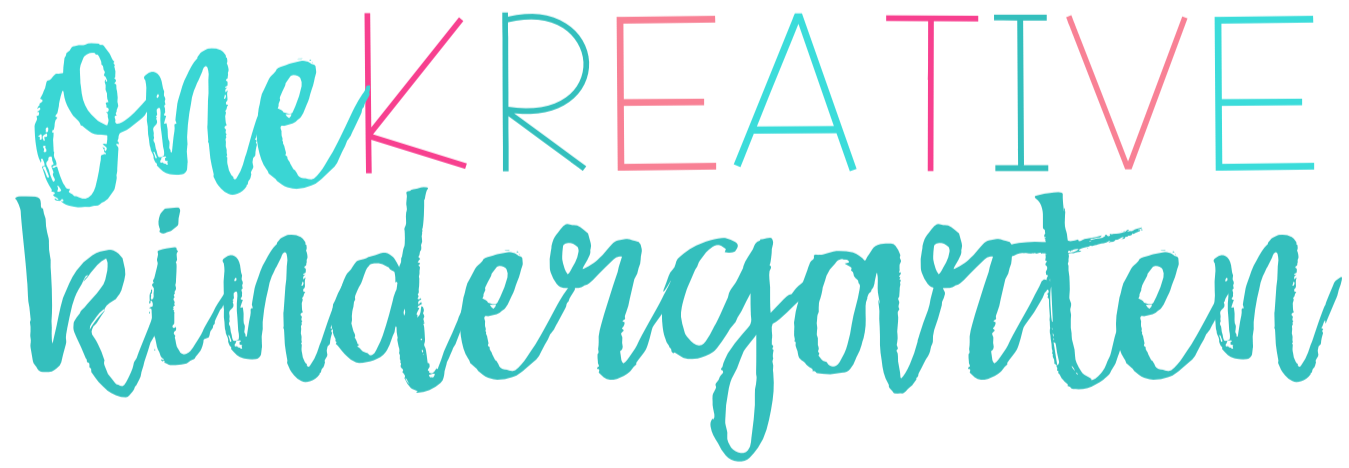Want a classroom that essentially runs itself? You need classroom management systems! You need them, you need to teach them to your students and you all need to use them together. When you have systems in place, you’re setting yourself and your students up for success.
Classroom Management Systems
As teachers, we love to plan. Some systems you’ll think about before the school year starts and you’ll implement right from the beginning. Other times, you don’t even know what systems need to be in place until you’re halfway through the year and something just isn’t working. That’s okay. Play around with things until you find systems that work for you, your style and your students.
Here are a few questions to ask yourself that will help you set up your classroom management systems.

Planning Management
Where do sheets go that need to be copied? Where will they go once they’re copied?
I keep a basket of papers that needed to be copied. My assistant knows to check that box daily and make any copies. If the copies need specific instructions, put a post-it note with those instructions on the paper. Once they’re copied, they get laid out on my desk for me to review and then put away into the day of the week materials box.
How will you store materials for the week/for next week?
I keep all the materials for the week in a slotted box. The box has 5 shelves – one for each day of the week. If any materials are too big to fit in the box, they go next to the box inside my teacher cabinet.
What happens when you need to file something? Where are the files? What goes in those files?
I have a couple different filing systems in my classroom. One system is for curriculum. These files are organized by unit and hold different worksheets I use to compliment our curriculum, activities, games, art projects etc. The other system is for saving student work to put in a portfolio. I save seasonal art projects to create into a memory book at the end of the year. These files are in my teacher desk.

Student Work Management
Where does student work go when it’s unfinished, finished and corrected?
This is an important system so students know what to do with their work! When student work is unfinished, they put it in their unfinished work folders until they finish it. When it’s finished, they put it in a basket to turn in. Once it’s in that basket, I can correct or look through. Once it’s been corrected, it goes in another basket of things that go home in a Friday Folder.
How does student work go home?
In my classroom, student work goes home every week in a Friday Folder. Parents are expected to take everything out of the folder and students return the folder on Monday.
Will you save specific student work? What will that be? Where will it go?
Like I mentioned above, I save certain seasonal art to create a memory book at the end of the year. These art pieces go in a file until it’s time to create the book.

Supplies Management
Where are extra supplies? How students get those extra supplies?
How to manage supplies was a hard task for me to work through. There are so many extra things to keep track of and when you teach kindergarten, many of them lose things left and right!
I kept markers, crayons, colored pencils, pencils, scissors, glue, expo pens and expo erasers out in the room, available for students to use. The system is, if you have a dull pencil, you put it in the unsharpened container and grab a new one from the sharpened container. Same goes for crayon. If you lost a crayon or don’t have a certain color, you grab one from the extras.
Where are teacher supplies?
Teacher supplies stay inside (or on top of) my teacher desk and in my cabinet behind my teacher desk.

Classroom Management Strategies
There’s no one way to organize your classroom management systems. Organize your thoughts, create a plan and implement them into your classroom so that you and your students are using them together.
Classroom Management Plan
To have a smooth running classroom, classroom management is crucial. These questions above will help you begin to create your classroom management plan.
Start by going through these questions and write down your systems. Then, if you find that something needs tweaking during the year, tweak it. If you find you need a system that you hadn’t thought of, put one in place. If you explain your system and teach it to your students, they’ll be able to follow along and you’ll feel more organized.



































